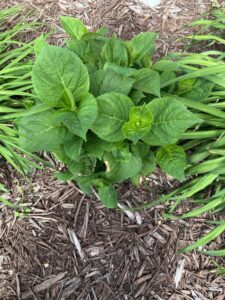Sustainable landscaping is an important practice that can help us maintain a healthy and thriving environment. When it comes to choosing between native and non-native plants, it is essential to understand the benefits and drawbacks of each option.
NATIVE VS NON-NATIVE

Native plants are those that have evolved and adapted to a specific region over thousands of years. They are well-suited to the local climate and soil conditions, and they require less water and maintenance than non-native plants. In addition, they provide food and habitat for native wildlife, which can help to promote biodiversity and ecological balance. According to National Audubon Society “they are the ecological basis upon which life depends”.
On the other hand, non-native plants are those that have been introduced from other regions or countries. While they may be attractive and easy to grow, they often require more water and maintenance than native plants. In addition, they may outcompete native plants for resources, which can have a negative impact on local ecosystems. You’d be surprised at how many nurseries carry non-native plants.
Ultimately, the choice between native and non-native plants depends on your client’s goals and needs. If you are looking to create a sustainable and low-maintenance landscape in Waukesha, WI that supports local wildlife, such as birds, then native plants are likely your best option. But do not solely rule out non-native plants. However, if you are looking for a particular aesthetic or want to grow a specific type of plant that is not native to Wisconsin, then non-native plants may be a better choice. Whatever you decide, it is important to carefully consider the potential impacts of your landscaping choices and to choose plants that will support a healthy and thriving ecosystem.
LET US HELP
If you’re unsure whether or not you want to use native or non-native plants, contact Landscape and Maintenance by Mike in Waukesha, WI to help you determine what’s best for you. We can help find a balance between the two so that your landscape is unique and serves both purposes.






